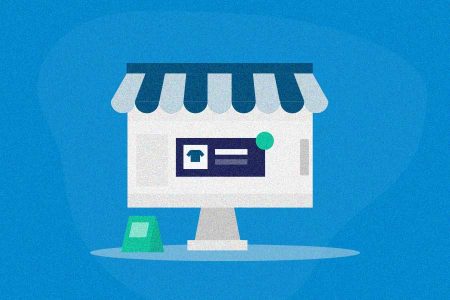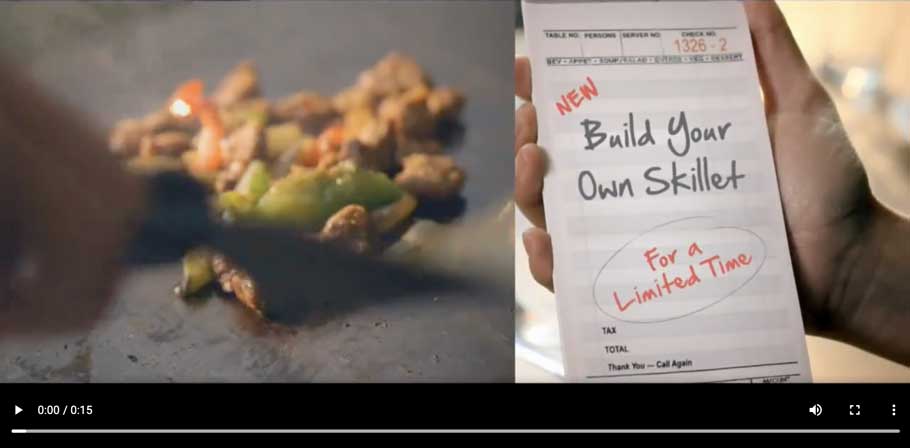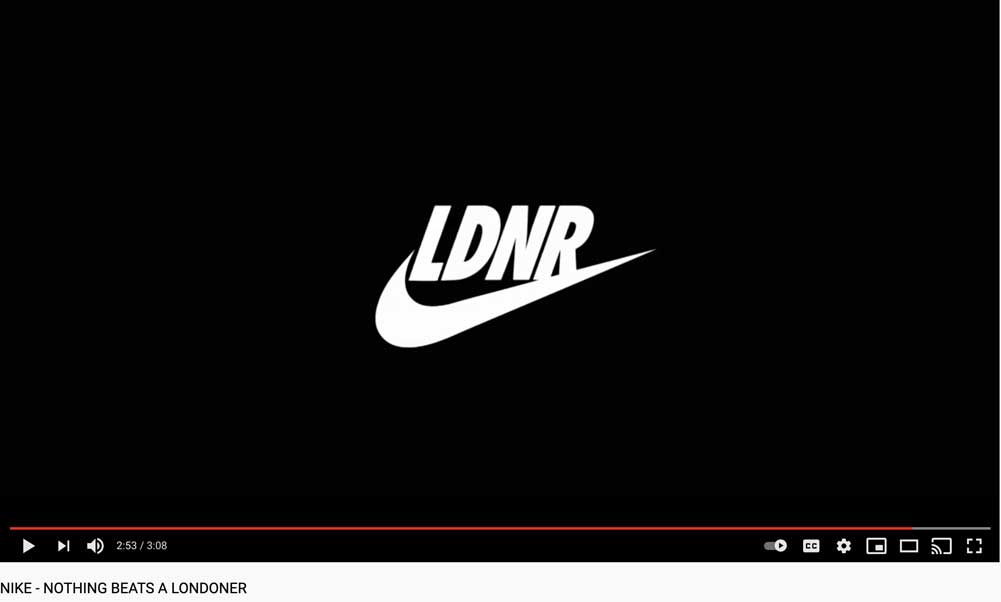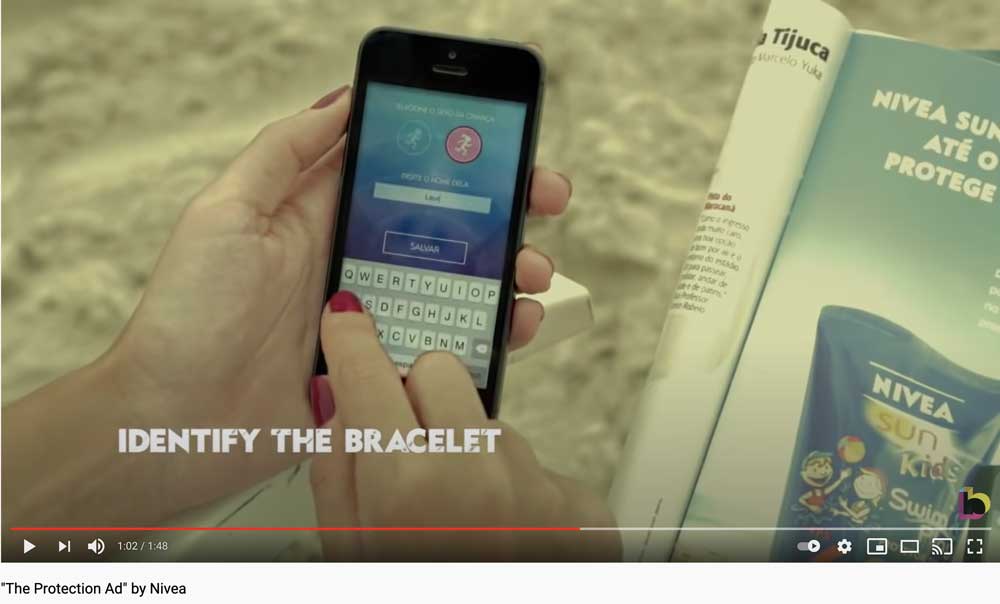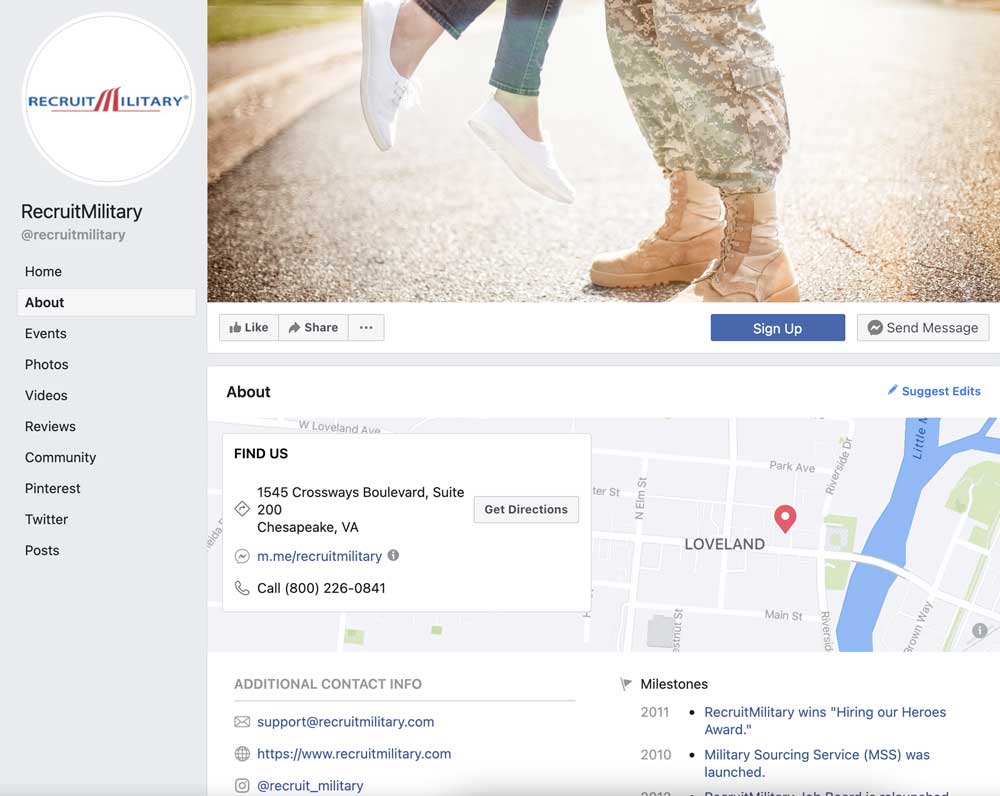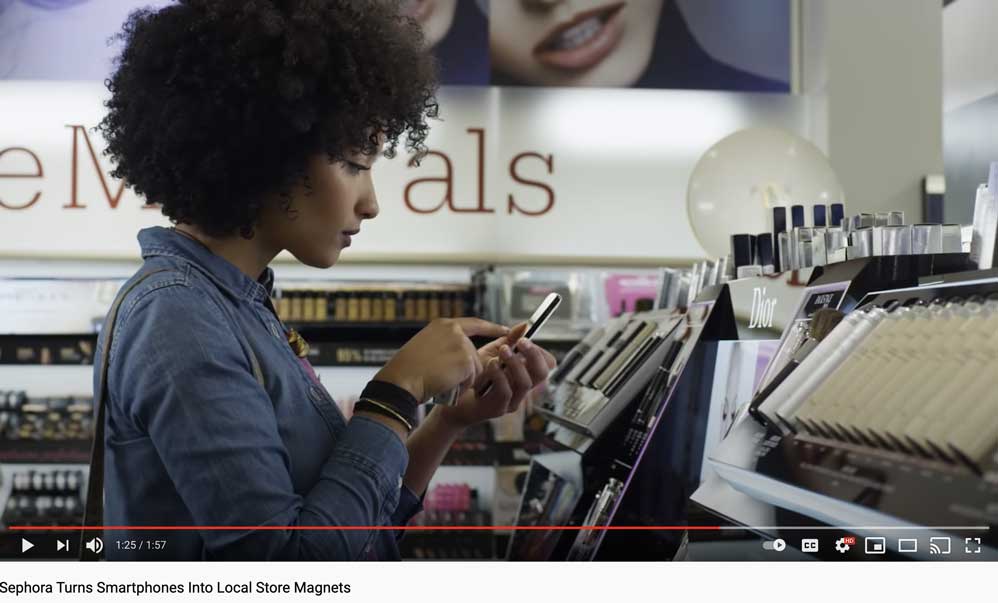If you’re running a brick-and-mortar business or providing products or services through a physical store, you can’t afford to skip out on what is known as “local marketing.”
Local marketing is when you market your business to the audience in your surrounding geographical radius – like the people in your neighborhood or your city, for example.
By zeroing in on a specific area, you start building awareness of your products and services in the market closest to you. This generates a steady stream of customers more likely to frequent your business, as well as attracts new customers through word of mouth.
Local marketing can be the easiest strategy to implement for your business. But it can also be the trickiest to get right.
In this article, we cover how local marketing works, what type of business can benefit most, and the different types of local marketing strategies. We end with six practical examples to inspire you for your own local marketing efforts.
What is local marketing?
When you hear the words “local business,” you often think of a familiar store or shop in your neighborhood.
Local marketing is when a business like this markets itself to local consumers who live or work close to its physical location. It’s also referred to as location-based marketing, local business marketing, or neighborhood marketing.
Local marketing can work brilliantly with a little bit of planning and strategic implementation. Before you start any time of marketing, local or otherwise, it’s important to map out your buyer persona.
The buyer persona is a detailed sketch of your target customer’s age, profession, demographics, lifestyle preferences, and purchasing behaviors. It also analyzes your customer’s pain points so you can offer products that meet their needs and speak to them on a personal level.
When you implement local marketing strategies, you also need a method of measuring results. For example, you could look at the number of sales, generated leads, store visits, social media followers, newsletter sign-ups, and so on. Choose the metrics that matter most to your business, and use them to fine-tune your local marketing campaigns for increased success.
How does local marketing work?
To understand how local marketing works, let’s look at some critical statistics related to purchasing behaviors:
- 93.2% of consumers typically travel 20 minutes or less to make their everyday purchases according to a survey by Access Development
- Almost one-third of online consumers in the U.S. use the internet to search for local businesses on a daily basis, and an additional 16% do so multiple times per week, based on a Statista report
- 83% of Americans say a word-of-mouth recommendation from a friend or family member makes them more likely to purchase that product or service, according to the Chatter Matters 2018 Word of Mouth Report
As you can see, customers have a marked preference for making physical purchases from stores in the vicinity. It’s close, it’s convenient, and it supports local businesses.
Word also gets around fast in small neighborhoods and local communities. To generate positive word-of-mouth marketing and generate referrals, it’s important to identify and listen to your closest customers.
Lastly, local marketing taps into the basic need for human beings to connect to one another. We like to belong and feel part of a greater whole. This is especially true in our immediate settings, such as ones where we live or work.
Who should use local marketing?
Local marketing is ideal for any business that has a physical presence and serves customers face-to-face, whether it’s a single shop or chain store.
You also don’t need to be a big business to make use of it. Entrepreneurs and small business owners can leverage local marketing just as effectively and see great success.
Restaurants, barbershops, bookstores, groceries – any type of brick-and-mortar business can benefit from local business marketing methods. It can be used as a focused strategy or to supercharge your overall marketing efforts and build strong relationships with your local audience.
Different types of local marketing strategies
There are many different types of local business marketing strategies you can use in your business. We cover some of the most common and effective ones:
1. Optimize your online presence
Even if you have a physical shop, you still have to optimize your online presence. Website and social media optimization makes sure you’re visible whenever a potential customer searches for your brand or product online. Here are some of the key steps to optimize your online presence:
- Make sure your website is mobile-friendly: Use tools like Google’s Mobile Friendly Test and Page Speed Insights to find out how you score and get detailed recommendations to improve your search rankings. Another key step to take is to localize your site so your target audience can find you. For example, use “plumbing services in Newark” instead of just “plumbing services” across your website pages. People usually search by location, especially when looking for in-person services.
- Update your social media pages: Your social media pages should have all the necessary information a consumer might be looking for, as well as give search engines the necessary signals to confirm your credibility. Along with your business name, add your location with an embedded map, your hours of service, contact information, services, and a link to your ecommerce site.
- Leverage local SEO: To take things up a notch, why not incorporate more location-specific content in your posts? Share local events and happenings, use location hashtags, and reference the location when publishing any relevant content.
- Get listed on online directories: Adding your business to online business directories increases the chances of more people finding you when searching for something within the specific area. Create business listings and profiles on Google My Business, Yelp, and YellowPages.
- Take out paid ads: While paid ads are not always the best long-term strategy, they can give your business a strong starting boost. It’s best to use paid ads only after you’ve optimized your website, social media pages, and any specific landing pages.
2. Get involved in the community
A good way to get your business out directly in front of your customers and increase visibility is to join existing community activities. Here are some ideas to consider:
- Sponsor local events: Look for events within your community and reach out to see if they offer any sponsorship opportunities. Having your brand associated with such events can be a great way to advertise and develop a positive brand recognition in your target audience. If sponsorships aren’t available, you can also get a booth space or area to make the most of the event’s foot traffic and interact directly with your target market.
- Get involved with non-profit activities: Actively participating in local non-profit initiatives is a great opportunity to increase positive brand exposure, while giving back to the community and forming lasting relationships.
- Partner with local celebrities and influencers: Connect with significant members of the local community and leverage their popularity to establish credibility and brand awareness.
- Leverage local media resources: Book airtime on a local radio station to plug your latest special offers or buy space in local media publications. If you have a great story about how your business got started, consider sharing that too.
- Share your marketing collateral: Whether it’s discount coupons, campaign flyers, or business cards, always have marketing material your local customers can take with them. Oftentimes, neighborhood shops support one another by displaying materials from other local businesses on their window or counter.
- Amplify word-of-mouth (WOM) marketing: Word-of-mouth marketing is a key growth driver, especially within tight-knit communities and audiences. (Read more about how other businesses use WOM marketing.)
3. Leverage the power of content marketing
Use every opportunity to collect email addresses from your local audience. Many companies even offer a discount or freebie in exchange for a customer’s email.
Email marketing is an effective way to push out relevant content and promotions to your captured audience on a regular basis. Consider sending tips on how to best use your product, the latest events and happenings in the local area, features on a loyal customer, or even business updates.
Once you start with email marketing, keep your messaging regular and consistent, similar to the content you have on your website and social media pages. With an ever-growing database and consistent email calendar, you can keep your brand top of mind.
What you need to get started with local marketing
You don’t need many tools or resources to get started with local marketing. Many of the online and offline marketing methods we described earlier can be done with little to no costs.
However, the challenge with local marketing is there is no guidebook for what will work for your business. Every neighborhood, community, and local business is different and highly nuanced. The only route to a successful local marketing strategy is to get started and learn along the way.
Expect an initial learning curve, as you grow more familiar with your local audience and refine your marketing strategy. There will likely be a lot of research and experimentation in the beginning to see what works best for your business.
Alternatively, you can also look into hiring a marketing agency that offers neighborhood marketing expertise if you prefer to outsource your marketing efforts altogether.
6 inspiring local marketing ideas and examples
Seeing real-life examples is one of the best ways to see the potential of location-based marketing. We round up six examples of local marketing efforts, used by brands of various sizes and industries. Let’s take a closer look at how local marketing works:
1. Denny’s ‘Build Your Own Skillet’ breakfast campaign
Denny’s is a popular family diner chain that’s been serving hearty meals to Americans for over 60 years. In 2014, it launched its ‘Build Your Own Skillet’ breakfast campaign, giving customers the ability to create their own breakfast of choice from over 30 ingredients, which Denny’s would then cook up sizzlin’ hot.
According to their campaign marketing partner, GroundTruth, the chain had two specific goals in mind:
Drive awareness about the campaign (generate more visits)
Increase customer loyalty (develop repeat business)
GroundTruth focused specifically on location-based marketing and audience targeting to zone in on diners who exhibited loyalty and a preference for quick service restaurants (QSR). They used proximity targeting to show ads to customers when they were within specific geographical areas of Denny’s or their competitors.
Local marketing results:
- An increase of 25,000 in-store visits
- 12% of these visits were within two weeks of the ad promotion
- Post-ad surveys showed that consumers who saw the promotion were 138% more likely to visit Denny’s again
2. Nike’s ‘Nothing Beats a Londoner’ campaign
Nike’s ‘Nothing Beats a Londoner’ stood out for taking a localized approach to marketing when the biggest brands at that time were going all out on mass marketing for global audiences. The 2018 marketing campaign created by Wiedan+Kennedy of London was created with the specific intention of targeting young Londoners.
The Nike ad featured 258 young athletes from London. For additional street cred, the ad also featured several big-name stars, including Harry Kane, Dina Asher-Smith, and Giggs and Kano.
Local marketing results:
- Following the ad’s launch, Wiedan+Kennedy reported that online local searches for Nike products were up 93% (in London)
- Searches for Nike also went up by 72% in Manchester and 54% across the UK overall.
- The campaign had an almost 90% view-through rate on VEVO
3. Nivea’s Sun Kids sunscreen campaign for Brazil
As part of their Sun Kids Sunscreen Campaign in Brazil in 2014, Nivea partnered with FCB Brazil to run a magazine ad to increase downloads of their mobile app. At the time, BRIC countries (Brazil, Russia, India, and China) were ripe markets for Apple’s iBeacon technology – and that’s what Nivea leveraged for this particular campaign.
The ad featured a tear-away bracelet for parents to wrap around their child’s wrist like a watch. The bracelet which then would alert them if their child went beyond a pre-defined area limit. The alerts were sent from Nivea’s app, which required parents to download the app onto their phone.
With one campaign, Nivea was also able to increase downloads, as well as establish itself as a brand that has its consumer’s best interest at heart.
4. Recruit Military’s Facebook page
Recruit Military is an example of how a small business can maintain a popular online presence and still market like a superstar.
Everything about their Facebook page has been optimized for local SEO. Recruit Military uses every element of their About page to list who they are, what they do, where they’re located (inclusive of map), and how you can reach them (phone number and email address).
Based in Virginia, Recruit Military also has a strong content management and customer engagement strategy. They share a range of posts covering job opportunities, employee stories, live Q&A sessions, and job-seeking tips.
Local marketing results:
- Recruit Military is the number one military-to-civilian recruiting firm that helps veterans find jobs
- Its Facebook page currently has 109,232 followers
- It has 183 5-star online reviews and testimonials
5. Sephora’s ‘Store Companion’
Sephora is an American brand that’s consistently pushed the envelope in personalized mobile experiences. The app offers a virtual try-on feature on mobile devices, which enables users to try on products virtually. It also has a hugely popular Beauty Insiders Community forum where customers can interact and engage with each other for tips, inspirations, and recommendations.
To complement these engagement strategies, Sephora has successfully integrated its mobile and in-store shopping experience. Sephora’s mobile app turns into a Store Companion tool as soon as users come within a certain radius of a store, and sends updates on previously browsed products, wish-list product availability, limited-edition offers, and a helpful beauty profile to support the shopping experience.
6. Emirates Airlines’ global sponsorship deals
Dubai-based airline Emirates has been actively building sponsorships across multiple industries and local markets. Most recently, Emirates list of sponsorships include AC Milan and Arsenal FC (football sports teams), US and Australian Opens (tennis), F1 (motorsports), and the Dubai-based Emirates Airline Festival of Literature and Jazz festival (music).
In 2013, Boutros Boutros, who was Emirates Airline’s DSVP of Corporate Communications at the time, said the sponsorship deals are not just for awareness, they also bring the brand closer to the public. They go beyond traditional advertising boards and actually connect with consumers locally around the world.
By connecting with some of the most recognized, beloved brands in a country, Emirates is able to increase its brand recognition and reputation by association.
In conclusion
Local business marketing can be highly effective for your business. It combines marketing efforts and immediate relationship-building within your community. When done right, not only will local marketing increase your brand awareness and loyalty, it also develops strong relationships with your closest customers.
 Irene Lopez is a freelance writer and content marketer/strategist who specializes in creating high-quality, strategically-crafted content that helps businesses build a powerful presence online.
Irene Lopez is a freelance writer and content marketer/strategist who specializes in creating high-quality, strategically-crafted content that helps businesses build a powerful presence online. 